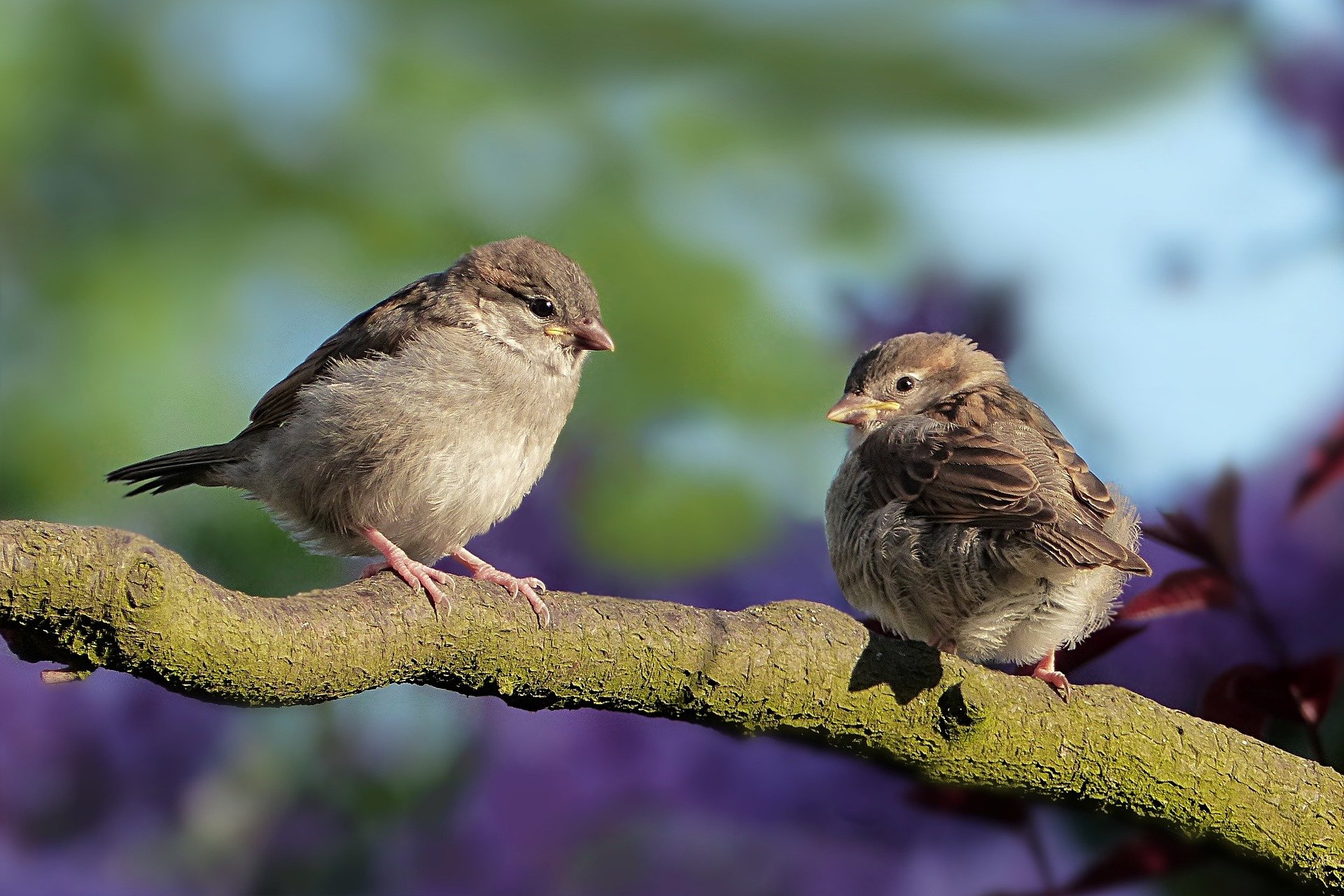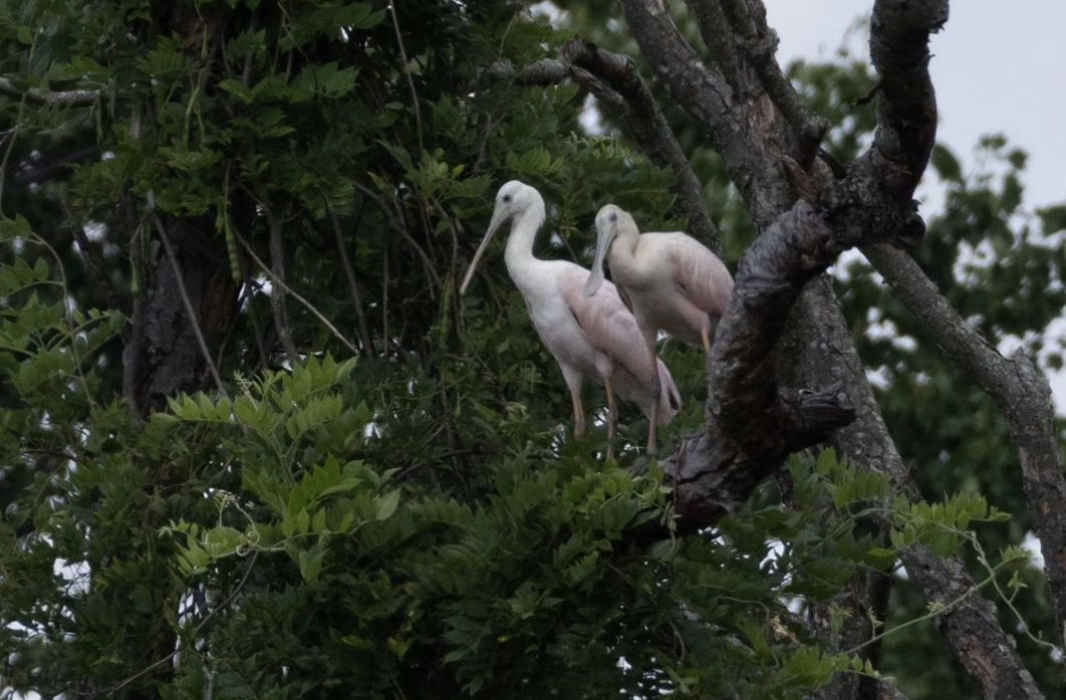People around the world will be looking skyward this weekend—no, not in search of one of those suspicious balloons—but for something far more wholesome: birds.
This weekend—from Friday, February 17 to Monday, February 20—is the 26th annual Great Backyard Bird Count, a citizen research event that invites people from around the globe to spend 15 minutes counting what birds they see in a particular location. Last year, roughly 385,000 people from 192 countries participated in the GBBC and reported 7,000 species.
Collecting such data is especially important given that bird species have experienced a staggering decline in recent decades. Common birds—the species we encounter in our day-to-day lives—have been particularly impacted, according to the Cornell Lab of Ornithology, which co-hosts the GBBC with the National Audubon Society and Birds Canada.
“The eBird dataset [which uses GBBC data] is routinely requested by researchers, so this data is really valuable in terms of current ornithological research,” says Kathy Dale, director of science technology for Audubon.
So, how can you participate?
There’s no formal registration. Instead, download one of two apps, either eBird or Merlin Bird ID, on your smartphone. If you’re new to birding, Dale recommends using Merlin, which has helpful tools for identifying songbirds, fowl, raptors, and more.
Next, choose a location to explore for at least 15 minutes. Despite the event’s name, it doesn’t have to be your backyard—feel free to count birds wherever you want. “You can be anywhere there are birds, which is pretty much everywhere,” said Becca Rodomsky-Bish, project leader of the GBBC at Cornell Lab of Ornithology, during a Q&A yesterday. You can stay in one spot or move around (if you’re using the eBird app, your location will automatically be recorded).
Then, begin counting: tally all the birds you see and hear for 15 minutes (or longer). You don’t need a pair of binoculars—just using your eyes and ears is fine. The key though, is being able to identify what species of bird you’re looking at.
“If someone can’t identify a bird, then they should leave it off of their checklist,” said Dale, who has used the GBBC as a way to introduce her grandkids to birding. “There’s no requirement that people identify every bird. It’s more important that people just report what they can identify.”
That said, birding newbies shouldn’t be intimidated, said Chad Witko, senior coordinator of avian biology at Audubon. The Merlin app has a photo and sound ID feature that will help users figure out whether that fluffy little songbird they’re admiring is, say, a Black-capped Chickadee or Tufted Titmouse. You can also download a helpful PDF on birds that are local to DC, Virginia, and Maryland here.
Even if all you can identify are one or two species, the information is helpful. “The scientific power of the GBBC comes from the volume of submissions, so every count matters,” said Witko. “The more data we get in, the more powerful the analyses and sciences.”
You’ll find instructions for submitting the data, and printable checklists of bird species, here.
















